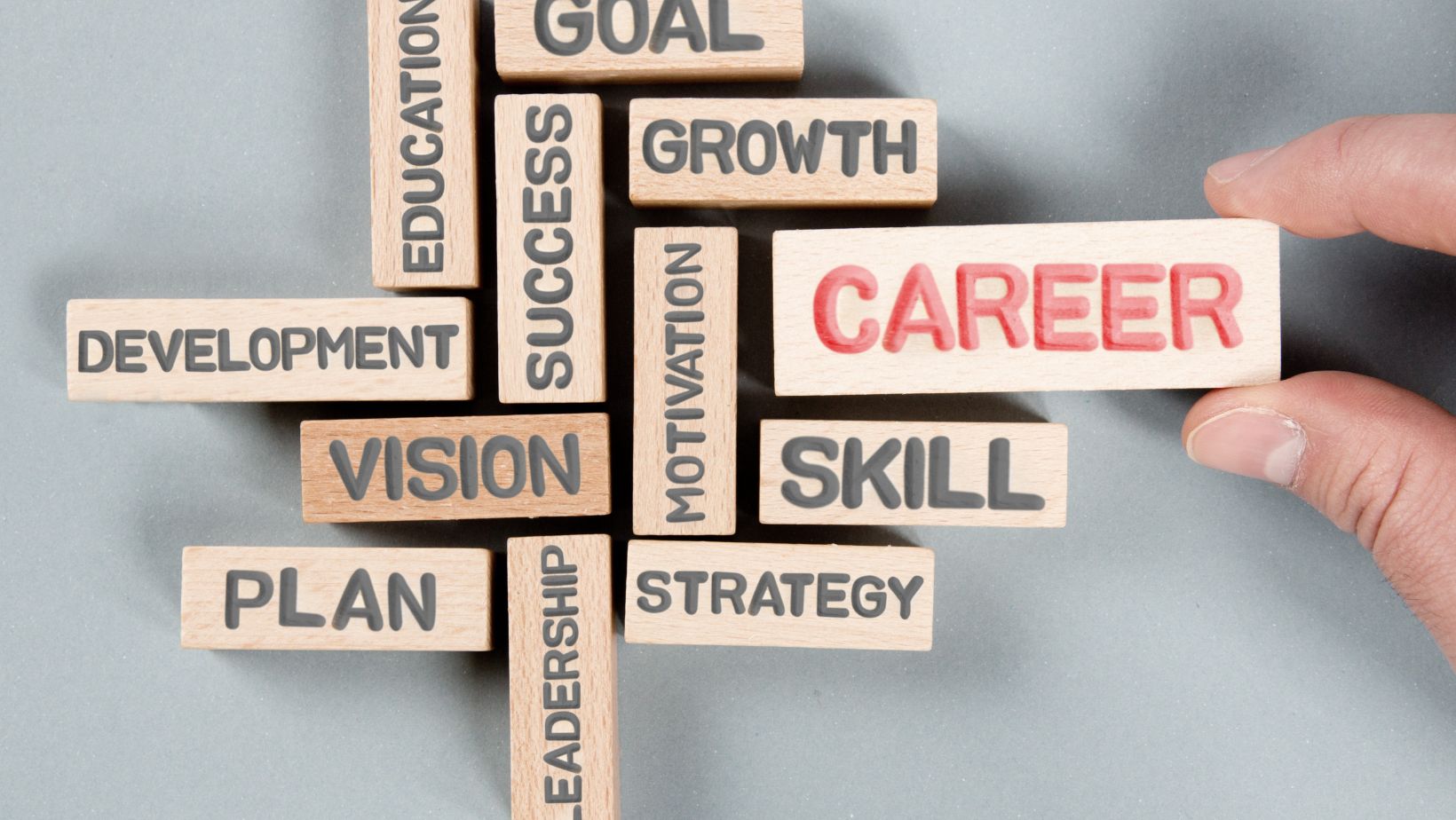Navigating the career development cycle can feel overwhelming, but it’s an essential journey for anyone looking to advance professionally. I’ve found that understanding this cycle not only clarifies my goals but also helps me strategize my next steps effectively.
From self-assessment to setting objectives and seeking opportunities, each stage plays a crucial role in shaping my career path. Whether you’re just starting out or looking to pivot, mastering this cycle can unlock new potentials and lead to fulfilling experiences. Join me as we explore the key components of the career development cycle and how they can empower you to take charge of your professional growth.
Key Takeaways
- Understanding the Cycle: The career development cycle is a continuous process that helps individuals assess skills, set objectives, and pursue growth opportunities, essential for professional advancement.
- Stages of Development: The cycle comprises key stages: self-assessment, goal-setting, exploring opportunities, skill development, feedback and reflection, and re-evaluation, each integral to career growth.
- Self-Assessment Importance: Evaluating personal skills, interests, and values through self-assessment is critical for shaping informed career choices and aligning them with personal aspirations.
- Setting SMART Goals: Establishing clear, Specific, Measurable, Achievable, Relevant, and Time-bound (SMART) goals provides a clear roadmap for career advancement and motivates progress.
- Continuous Learning: Engaging in ongoing education and practical experience, such as internships and training, is vital to remain competitive and adapt in an evolving job market.
- Reflection and Adjustment: Regularly assessing progress and being open to adjustments in career strategy ensure sustained alignment with evolving goals and market opportunities.
Career Development Cycle
 The career development cycle serves as a structured framework for professional advancement. Grasping its components enables me to clarify my goals and strategize effectively for my career path.
The career development cycle serves as a structured framework for professional advancement. Grasping its components enables me to clarify my goals and strategize effectively for my career path.
Definition and Importance
The career development cycle refers to the continuous process through which individuals assess their skills, set career objectives, and pursue growth opportunities. This cycle is crucial because it helps me identify my strengths and weaknesses, enabling targeted improvements. It fosters informed decision-making and encourages proactive engagement in my career. By understanding this cycle, I can navigate my career more effectively and align my professional pursuits with my personal values.
Stages of the Cycle
The career development cycle consists of several key stages, each contributing to my overall growth.
- Self-Assessment: I evaluate my skills, interests, and values to gain insight into my professional aspirations.
- Setting Objectives: I establish clear, measurable goals based on my self-assessment, guiding my career trajectory.
- Exploring Opportunities: I actively search for jobs, projects, or mentors that align with my goals, expanding my professional network.
- Skill Development: I engage in training programs or workshops to enhance my capabilities, ensuring I remain competitive in my field.
- Feedback and Reflection: I seek constructive feedback from peers and superiors, allowing me to reflect on my progress and make necessary adjustments.
- Re-evaluation: I periodically reassess my goals and achievements, ensuring they remain aligned with my evolving career aspirations.
Through these stages, I continually refine my career path, adapting to changes in the job market and my personal ambitions.
Stage 1: Self-Assessment
Self-assessment serves as the foundation of the career development cycle. This stage enables me to understand my strengths, weaknesses, interests, values, and personality traits that influence my career choices.
Skills and Interests
Identifying skills and interests plays a crucial role in self-assessment. I evaluate my technical and soft skills, considering examples such as communication, problem-solving, and leadership abilities. I take note of tasks I enjoy, which guides me toward career paths that align with my passions. Tools like self-assessment tests and career interest inventories can provide insights into areas I may not have previously considered.
Values and Personality
Understanding values and personality helps me shape a fulfilling career. I reflect on my core values, like integrity, teamwork, and creativity, to determine work environments that resonate with my beliefs. Additionally, personality assessments, such as the Myers-Briggs Type Indicator or the Big Five Personality traits, reveal strengths and preferred workstyles. By aligning my values and personality with my career goals, I enhance my potential for success and job satisfaction.
Stage 2: Career Exploration
 Career exploration involves actively seeking opportunities that align with my skills and interests. Engaging in this stage broadens my perspective on potential career paths and helps identify what truly resonates with me.
Career exploration involves actively seeking opportunities that align with my skills and interests. Engaging in this stage broadens my perspective on potential career paths and helps identify what truly resonates with me.
Researching Career Options
Researching career options requires a focused approach. I explore various industries, roles, and organizations to gain insight into each field. I utilize online resources, such as job boards and industry websites, to gather information about job responsibilities, salary ranges, and growth prospects. Reading industry reports and articles sharpens my understanding of market trends. Furthermore, attending career fairs and workshops enhances my exposure to diverse career paths. Evaluating options based on personal values and goals guides me in making informed decisions.
Networking and Informational Interviews
Networking and informational interviews serve as powerful tools during career exploration. I connect with professionals in fields of interest through platforms like LinkedIn and alumni networks. Initiating conversations helps me seek advice and gain firsthand insights about specific careers. When scheduling informational interviews, I prepare thoughtful questions that delve into daily responsibilities, challenges, and required skills. Listening actively during these discussions allows me to gather valuable information, making it easier to identify whether certain paths align with my aspirations. Building meaningful relationships within my network can lead to potential job opportunities down the road.
Stage 3: Setting Career Goals
Setting clear career goals is crucial for professional advancement. My career goals serve as a roadmap, guiding decisions and actions throughout my career development journey.
Short-Term vs Long-Term Goals
Short-term goals target achievements within the next few months to a couple of years. Examples include obtaining a certification, completing a project, or improving specific skills. These goals provide immediate motivation and create a sense of progress.
Long-term goals focus on a broader timeline, often spanning three to five years or more. Examples include reaching a management position, transitioning to a new field, or starting a business. Long-term goals shape my career vision and provide direction for short-term actions, ensuring consistency in effort and purpose.
SMART Goals Framework
SMART is an acronym for Specific, Measurable, Achievable, Relevant, and Time-bound goals. I apply this framework to my career objectives to enhance clarity and effectiveness:
- Specific: Define the goal clearly. Instead of saying, “”I want to improve my skills,”” I might state, “”I want to enhance my project management skills.””
- Measurable: Establish criteria for tracking progress. I can measure my progress by completing three project management courses and obtaining a certification.
- Achievable: Ensure the goal is realistic given available resources and constraints. I evaluate my current workload to decide if I can commit to a certain number of hours each week.
- Relevant: Align goals with broader career aspirations. I confirm that enhancing project management skills aligns with my long-term objective of advancing to a leadership role.
- Time-bound: Set a deadline for achieving the goal. I choose a specific date, like “”I will complete the certification by December 31.””
Utilizing the SMART criteria maximizes goal commitment, directs focus, and facilitates achievement, enhancing my overall career development process.
Stage 4: Development and Implementation
This stage focuses on applying the skills and knowledge gained through previous stages to advance my career. It emphasizes both education and training as well as gaining practical experience.
Education and Training
Education and training provide the foundation for my professional growth. Formal education, such as degrees or certifications, enhances my qualifications. Relevant training programs, workshops, and online courses improve specific skills tailored to my career goals. I choose programs that align with industry trends, ensuring the knowledge I acquire remains current and applicable. I seek opportunities for continuous learning, as ongoing development fosters adaptability in an ever-evolving job market.
Gaining Experience
Gaining experience is crucial for applying my skills in real-world settings. Internships, volunteer roles, and part-time jobs offer valuable exposure. Each opportunity allows me to explore my chosen field and build a professional network. I engage in projects or freelance assignments that relate to my career aspirations. These experiences not only enhance my resume but also provide insights into workplace dynamics, helping me refine my objectives. By reflecting on my progress, I identify areas for improvement, guiding my future learning and career decisions.
Stage 5: Evaluation and Reflection
This stage emphasizes the necessity of assessing one’s progress and making necessary adjustments in the career development cycle. Reflection allows for an analysis of achievements and the identification of gaps to ensure continued professional growth.
Assessing Progress
Assessing progress involves critically evaluating accomplishments against the goals set in previous stages. I analyze performance metrics, such as completed projects, skills acquired, and feedback received. Maintaining a career journal aids in documenting milestones and tracking development over time. Seeking input from mentors or peers offers fresh perspectives on my growth. Utilizing self-evaluation tools enhances understanding of strengths and areas for improvement, ensuring I remain aligned with my career objectives.
Making Adjustments
Making adjustments entails refining my career strategy based on the evaluation results. I prioritize flexibility in my goals, adapting them as necessary to reflect changes in interests or market conditions. If certain paths prove unfeasible, I explore alternatives that better match my skills and aspirations. Setting new or revised objectives ensures continued engagement and motivation. Actively staying informed about industry trends helps me pivot effectively, allowing me to seize emerging opportunities and maintain a trajectory toward professional fulfillment.
Navigating the career development cycle is an empowering journey that can significantly shape my professional path. By engaging in self-assessment and setting clear goals I can align my skills and interests with the right opportunities. The process of continuous learning and gaining practical experience keeps me adaptable in an ever-changing job market.
Regular evaluation and reflection allow me to assess my progress and make necessary adjustments. This cycle isn’t just a one-time effort; it’s a lifelong commitment to growth and success. Embracing each stage with intention and focus helps me stay on track and seize new opportunities as they arise. I’m excited to take charge of my career and unlock my full potential.

